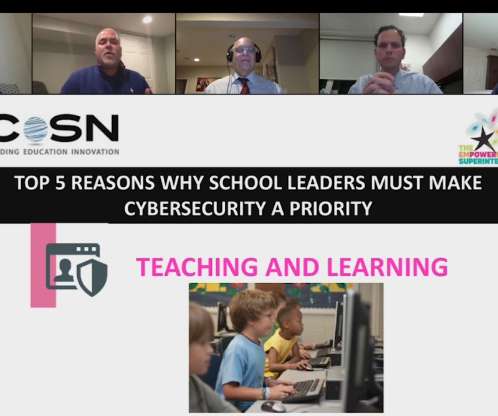Who is keeping student data safe in the era of digital learning?
The Hechinger Report
OCTOBER 17, 2017
Was their children’s private data going to be safe even outside the district’s hands? Baltimore County has become a leader in student data privacy and security, and is one of only 13 districts in the nation to earn a Trusted Learning Environment seal from CoSN, the membership group representing the nation’s K-12 school technology leaders.















Let's personalize your content